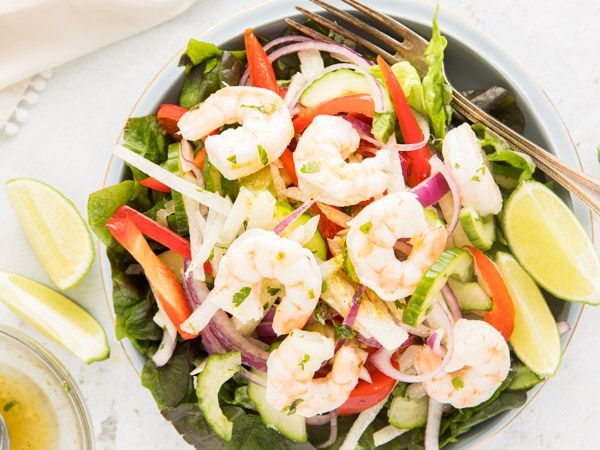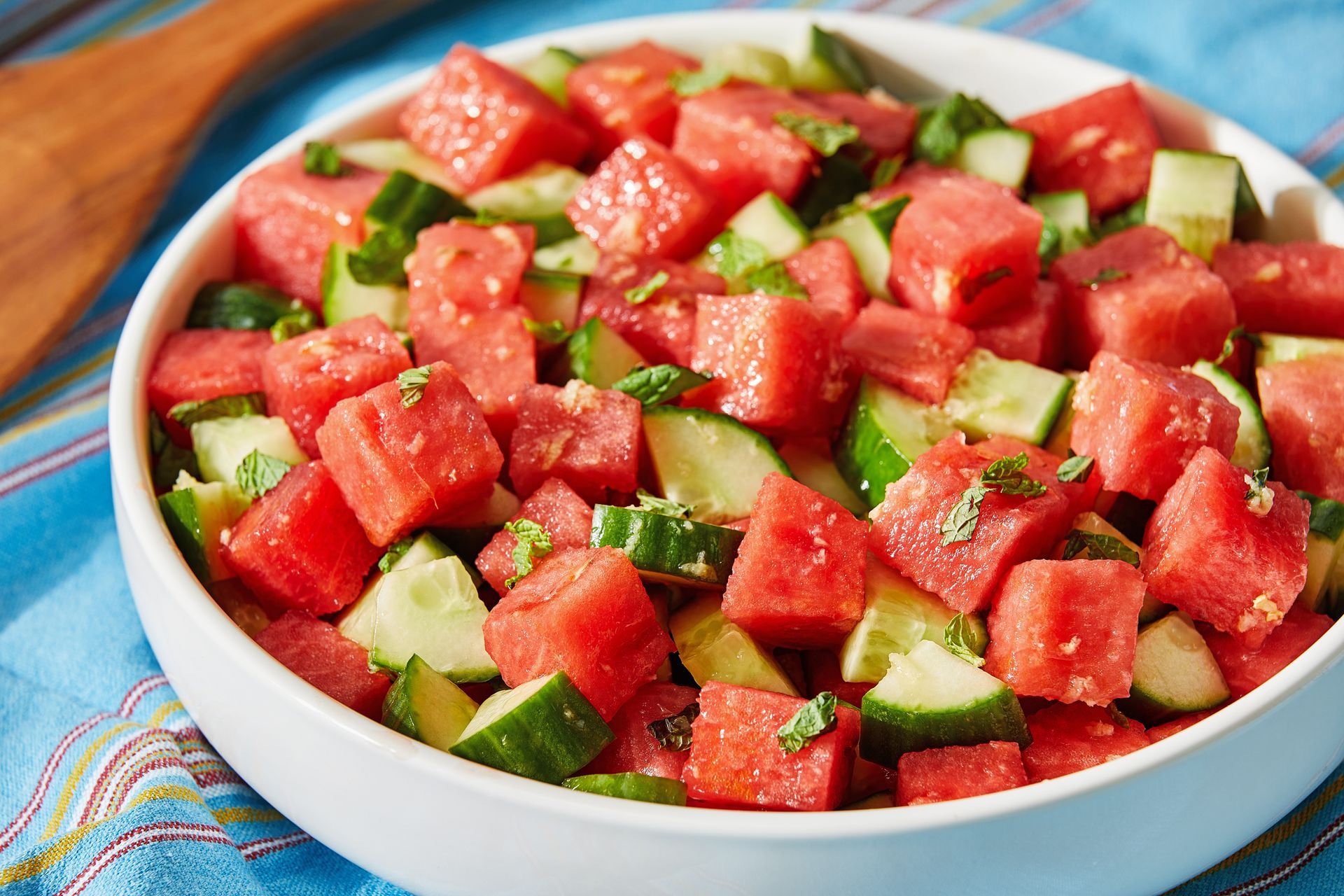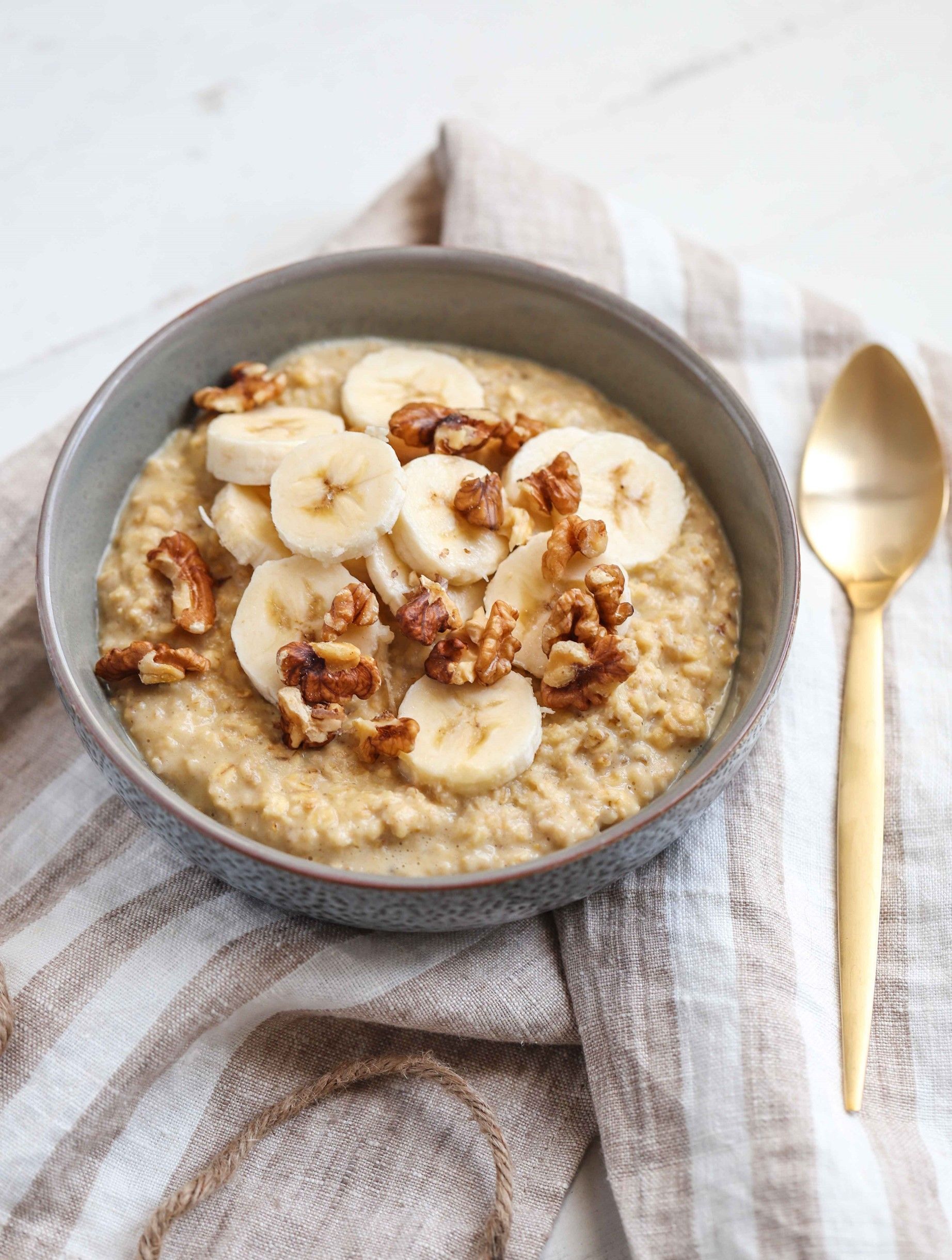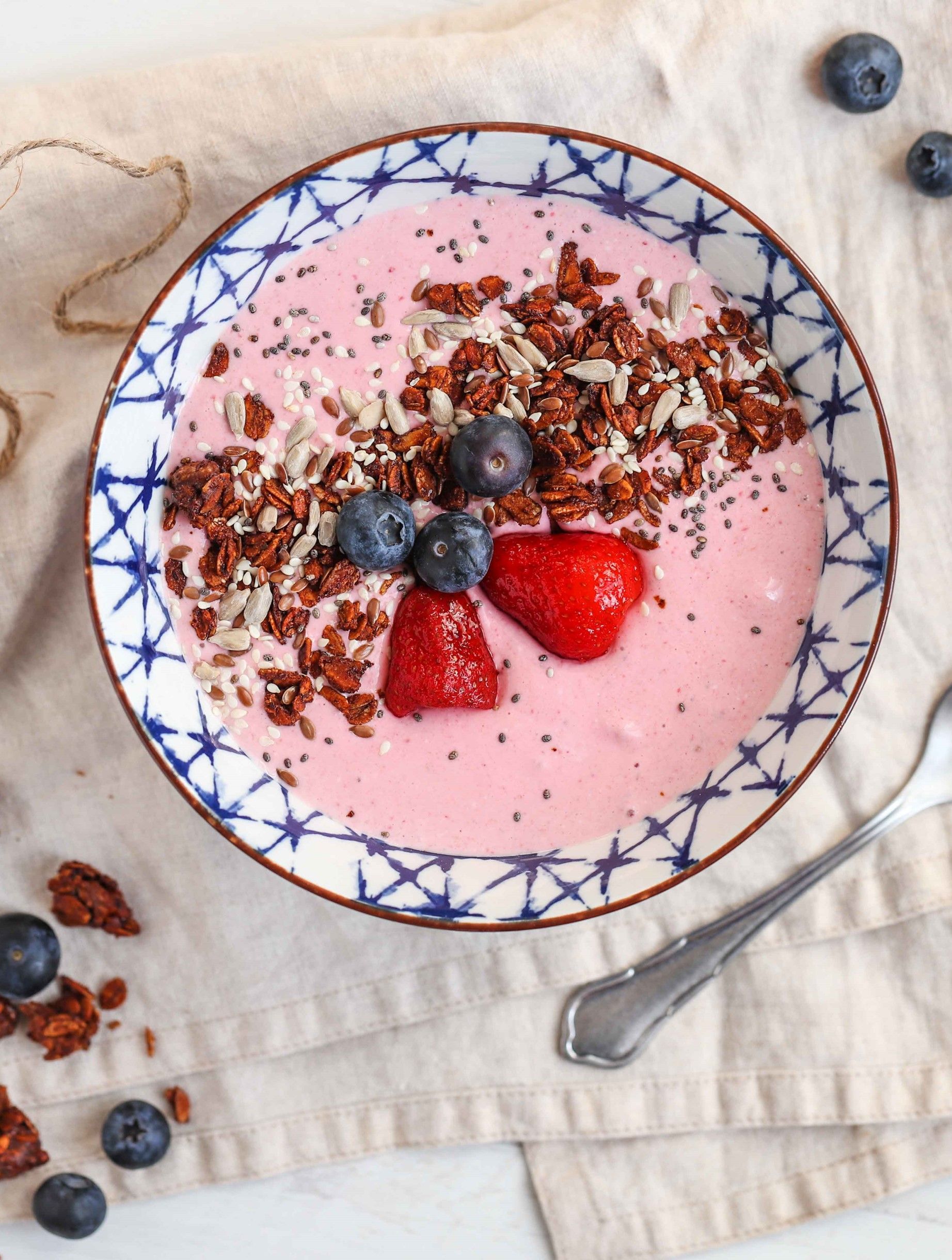PHONE:
Blog
Recipes
Combating the Health Risks from Ultra-Processed Foods: Eat Clean
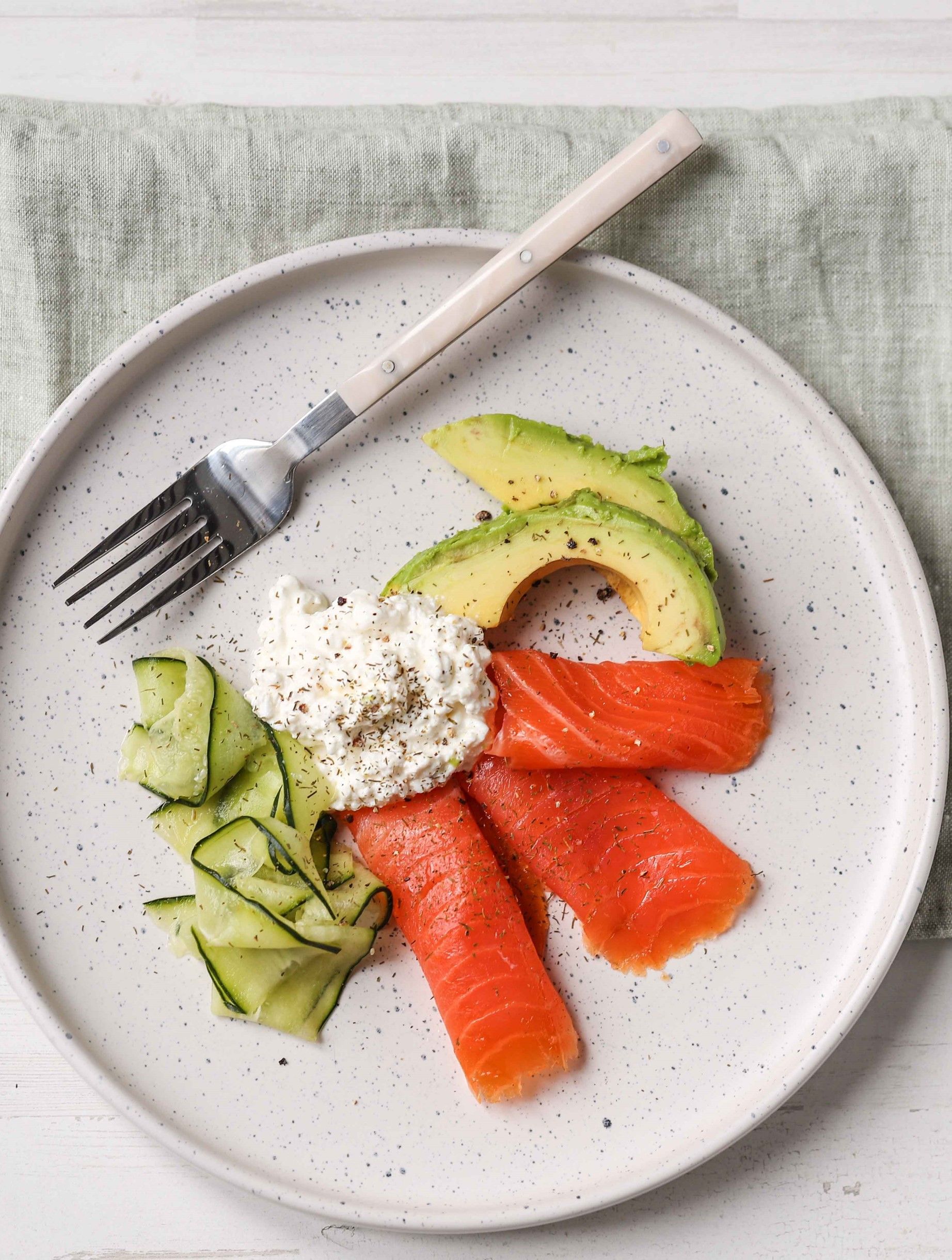
April 21, 2023
Serves: 4 Prep Time: 15 Minutes Cook Time: 0 Minutes Nutrition: 179cal, 11g fat, 8g carbohydrate, 14g protein Ingredients: 1 cucumber 7 oz. (200g) smoked salmon 1 avocado, peeled ½ cup (110g) cottage cheese 1 tsp. dried dill Salt substitute and pepper 2 tbsp. apple cider vinegar How to Prepare: 1. Peel the cucumber lengthwise into ribbons. Place in a bowl, and pour over 2 tablespoons of apple cider vinegar, season with salt and mix to combine. Set aside. 2. Divide the salmon, avocado, and cottage cheese between plates. Place the earlier prepared cucumber on the side and drizzle the platter with some of the cucumber juice. 3. Sprinkle with dill and season to taste with salt substitute and pepper. Serve immediately. For Additional Recipes: www.weightwellnessonline.com
Articles
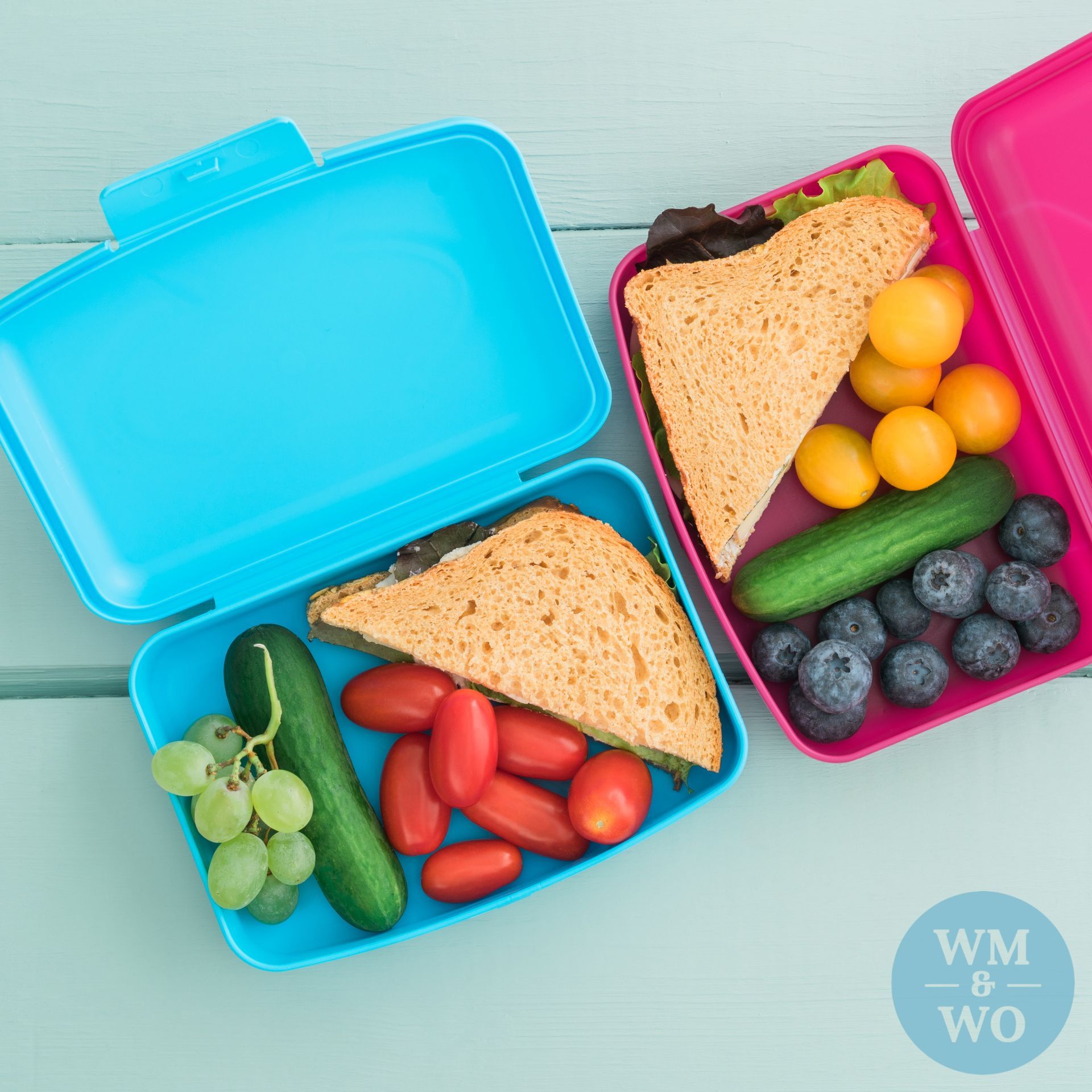
By Marsha Novick
•
September 4, 2024
Packing a healthy lunch is an important way to help your kids get through their school day. When deciding what to put in your child’s lunch box, it is a good idea to add variety. Focusing on variety not only makes lunches more interesting, but also makes a lunch that will provide the energy and nutrients that your kids need to grow, play, and learn. Here are some tips for making your child’s lunches enjoyable and nutritious.

By Dr. Marsha Novick
•
August 6, 2024
Ultra-processed foods (UPFs) have become a significant part of the modern diet in the United States. These foods, characterized by their high content of additives, preservatives, sweeteners, and artificial flavors, are typically ready-to-eat and require minimal preparation. Recent research has increasingly linked the consumption of UPFs with a range of adverse health outcomes, shedding light on the potential dangers they pose to public health.
Defining Ultra-Processed Foods
UPFs are distinguished from minimally processed or whole foods by their industrial formulations, which often involve multiple ingredients not commonly used in home cooking. Examples include sugary drinks, packaged snacks, ready meals, and reconstituted meat products. These items are typically energy-dense and nutrient-poor, making them appealing yet nutritionally inadequate choices.
Key Findings from Recent Studies
1. Increased Risk of Chronic Diseases: A growing body of evidence indicates a strong correlation between high UPF consumption

By Marsha Novick MD
•
May 28, 2024
Facts about Weight Loss Medications
My name is Dr. Marsha Novick, and I am the Medical Director of Weight Management & Wellness Online. As a board-certified family physician and national expert in the field of obesity medicine, I have spent over 20 years successfully treating thousands of adults and children with weight problems.
At Weight Management & Wellness Online, I identify the factors that impact my patients’ weight (such as hormones, lifestyle, and the environment). Then, I create the best physician-supervised, individualized treatment plan for permanent weight loss.
Along with dietary and lifestyle changes, many of my patients are prescribed weight loss medication. As a licensed weight loss doctor, it excites me to see that weight loss medications have become safer and more effective every year!
Have you thought about starting a weight loss medication?
If you have tried multiple times to lose and maintain your weight without success, a medication may be the next step in your treatment.
Contact Us
Thank you for contacting us.
We will get back to you as soon as possible.
We will get back to you as soon as possible.
Oops, there was an error sending your message.
Please try again later.
Please try again later.
Please do not send any confidential/medical information. This space is not HIPAA compliant.
© 2025
Weight Management & Wellness Online | All Rights Reserved | Created by Olive + Ash. Managed by Olive Street Design | Site Map




